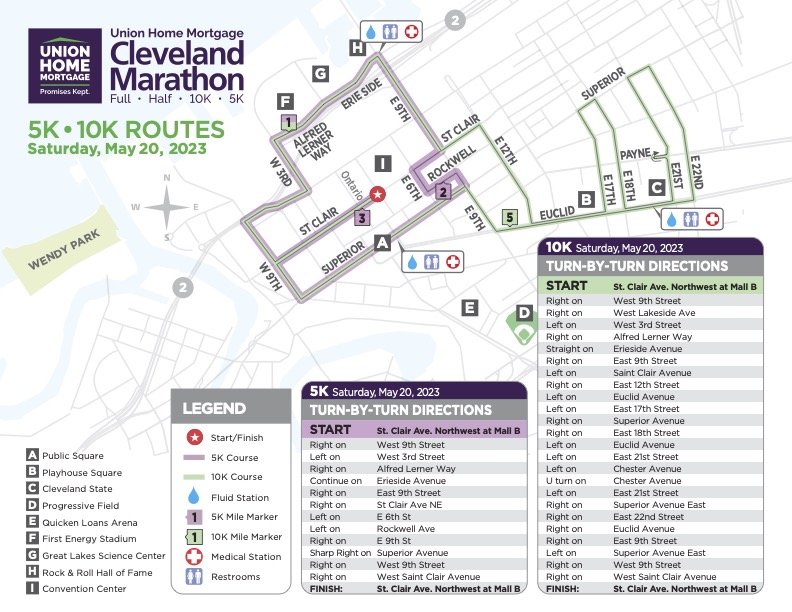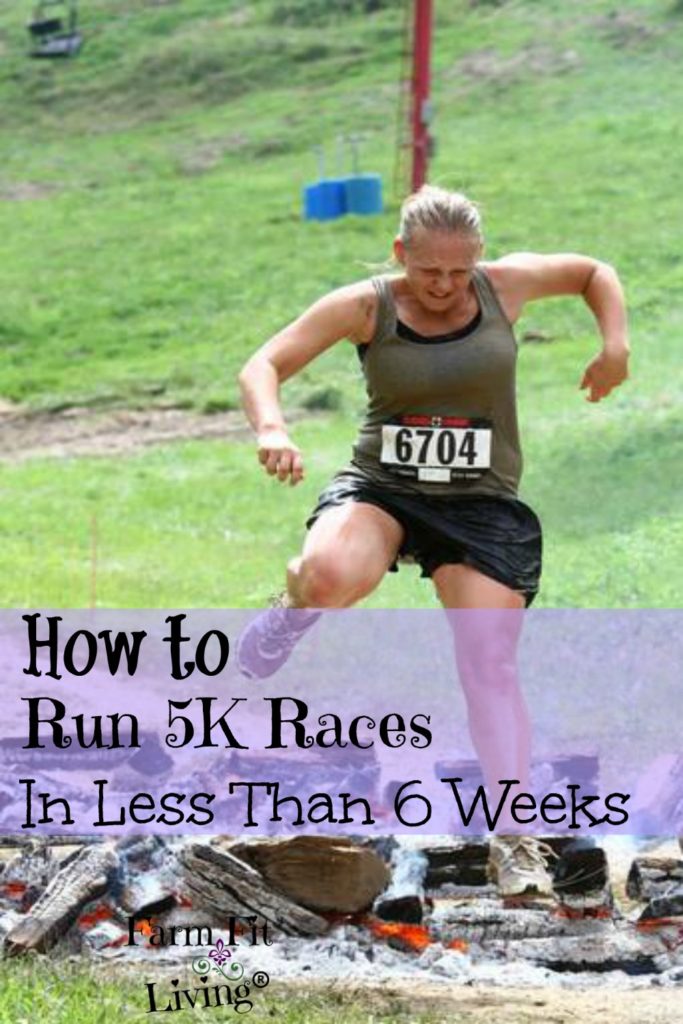Understanding the Basics: What Exactly is a 5K Race?
A 5K race is a popular running event that covers a distance of 3.1 miles. This distance is approachable for both novice and experienced runners, making it a widely attended race category. The term ‘5K’ is an abbreviation for ‘5 kilometers,’ which is the metric measurement for the distance. Given its accessibility, 5K races have gained significant popularity among runners of all ages and abilities.
A Historical Perspective: The Evolution of 5K Races
The origins of 5K races can be traced back to the early 20th century, with the emergence of road races and fun runs. However, it wasn’t until the 1960s and 1970s that 5K races gained significant popularity, coinciding with the rise of jogging and recreational running. Today, 5K races are a staple in the running community, attracting millions of participants worldwide each year.
Several factors have contributed to the growth and popularity of 5K races. First and foremost, their accessibility and inclusivity have made them appealing to a wide range of runners. Whether you’re an experienced marathoner or a casual jogger, a 5K race offers a challenging yet manageable distance. Additionally, the rise of charity 5K races has further increased their popularity, as runners can support a cause they care about while staying active.
In recent years, 5K races have also become a popular social event, with many organized runs featuring post-race festivals, food, and entertainment. This has helped to attract even more participants, as running a 5K has become not just a personal challenge, but also a fun and engaging way to connect with others in the community.
How to Measure the Distance of a 5K Race: Tools and Techniques
Precise measurement of the distance covered during a 5K race is crucial for tracking progress, setting goals, and ensuring fair competition. Various tools and techniques are available to accurately measure the distance of a 5K race, including:
- GPS Watches: GPS watches are popular among runners due to their accuracy and convenience. These devices use satellite technology to track distance, speed, and pace in real-time. When measuring a 5K course, GPS watches can provide valuable data and insights, allowing runners to fine-tune their training and race strategies.
- Smartphone Apps: Numerous smartphone apps are available to help runners measure and track their runs. Similar to GPS watches, these apps use satellite technology to calculate distance and provide additional metrics, such as elevation gain and heart rate. Many apps also offer social features, enabling runners to connect with friends, join running groups, and participate in virtual races.
- Certified Courses: For official races, courses are often certified by organizations such as USA Track & Field (USATF) or the International Association of Athletics Federations (IAAF). Certified courses undergo rigorous measurement and verification processes, ensuring that the distance is accurate and consistent. Running a certified 5K race can provide peace of mind, as participants can be confident that they are covering the full 3.1-mile distance.
When measuring a 5K course, it’s essential to consider factors such as the starting point, turnaround points, and finish line. Using a combination of tools and techniques, such as GPS watches, smartphone apps, and certified courses, can help ensure accurate measurement and a successful race experience.
Training for a 5K Race: Preparing Your Body for the Distance
Embarking on a well-structured training plan is essential for any runner preparing for a 5K race. A comprehensive training program should include:
- Recommended Weekly Mileage: For beginners, aim for a weekly mileage of 10-15 miles, gradually increasing as your fitness improves. Intermediate runners may target 20-25 miles per week, while advanced runners can consider 30 miles or more. Include at least one long run (60-75% of your weekly mileage) and one or two shorter, faster-paced runs in your weekly routine.
- Cross-Training Activities: Incorporate cross-training activities such as swimming, cycling, or strength training to improve overall fitness and reduce the risk of injury. Cross-training can also help prevent boredom and burnout by adding variety to your workout routine.
- Rest Days: Schedule rest days to allow your body to recover and rebuild. Adequate rest is crucial for optimal performance and injury prevention. Listen to your body and adjust your training plan as needed, taking extra rest days if you feel overly fatigued or sore.
As you progress through your training, focus on improving your running form, breathing techniques, and pacing strategies. Consistency is key, so establish a realistic training schedule and stick to it. By following a well-designed training plan, you’ll be well-prepared to tackle the 3.1 miles of a 5K race.
The Big Day: What to Expect During a
Breaking Down the Distance: Strategies for Running a Successful 5K
Running a successful 5K requires careful planning, mental preparation, and effective race-day strategies. Consider the following tips to help you make the most of your 3.1-mile race:
- Segment the Race: Breaking the race into smaller segments can make the distance feel more manageable. Aim to maintain a consistent pace throughout the race, and focus on completing one segment at a time. For example, divide the race into four segments of 0.75 miles each, or six segments of 0.5 miles each.
- Focus on Form and Breathing: Maintaining proper running form and breathing techniques can help conserve energy and improve overall performance. Keep your head up, shoulders relaxed, and arms swinging naturally. Practice deep, rhythmic breathing to ensure adequate oxygen intake and minimize fatigue.
- Stay Motivated: Keeping your spirits high throughout the race is crucial for success. Set personal goals, visualize your success, and draw inspiration from the crowd or fellow runners. Remember to enjoy the experience and celebrate your accomplishments, no matter the outcome.
By implementing these strategies, you’ll be well-prepared to tackle the distance of a 5K race and achieve your running goals.
Post-Race Recovery: Taking Care of Your Body After a 5K
Proper post-race recovery is essential for any runner looking to reap the benefits of their 5K race and minimize the risk of injury. Focus on the following areas to ensure a successful recovery:
- Stretching: Cool down after the race with gentle stretching exercises to help reduce muscle stiffness and soreness. Target major muscle groups, such as the calves, hamstrings, quadriceps, and hip flexors, holding each stretch for 20-30 seconds.
- Hydration: Adequate hydration is crucial for replenishing fluids lost during the race. Drink water or an electrolyte-rich beverage immediately after the race and continue to hydrate throughout the day. Monitor your urine color, aiming for a pale yellow hue, which indicates proper hydration.
- Nutrition: Consuming a balanced meal within 30-60 minutes after the race can help replenish glycogen stores and promote muscle repair. Focus on carbohydrates, protein, and healthy fats, such as a grilled chicken and vegetable wrap or a bowl of quinoa and black bean salad.
Additionally, consider incorporating active recovery techniques, such as foam rolling and light jogging, into your post-race routine. These methods can help alleviate muscle tension, improve circulation, and promote overall recovery. By prioritizing post-race recovery, you’ll be better prepared for future races and training sessions.
Joining the Community: Finding and Participating in 5K Races
Participating in 5K races can be a rewarding and enjoyable experience, allowing you to challenge yourself, connect with other runners, and support a cause. To get started, consider the following resources:
- Local Running Clubs: Joining a local running club can provide access to valuable resources, such as group runs, training programs, and experienced runners who can offer advice and support. Check with local running stores or online forums to find a club in your area.
- Race Calendars: Consult race calendars to find upcoming 5K events in your region. Websites such as RunningintheUSA.com, Race-Calendar.com, and your local running club’s website often maintain comprehensive lists of local and national races.
- Online Forums: Engage with other runners in online forums, such as those found on Strava, Reddit, or LetsRun.com, to ask questions, share experiences, and learn about upcoming races.
When selecting a 5K race, consider factors such as the location, time of year, and charitable cause. Registering for a race well in advance can help you stay motivated during training and ensure a successful race experience. By getting involved in the running community and participating in 5K races, you’ll not only improve your physical fitness but also forge lasting connections with fellow runners.








